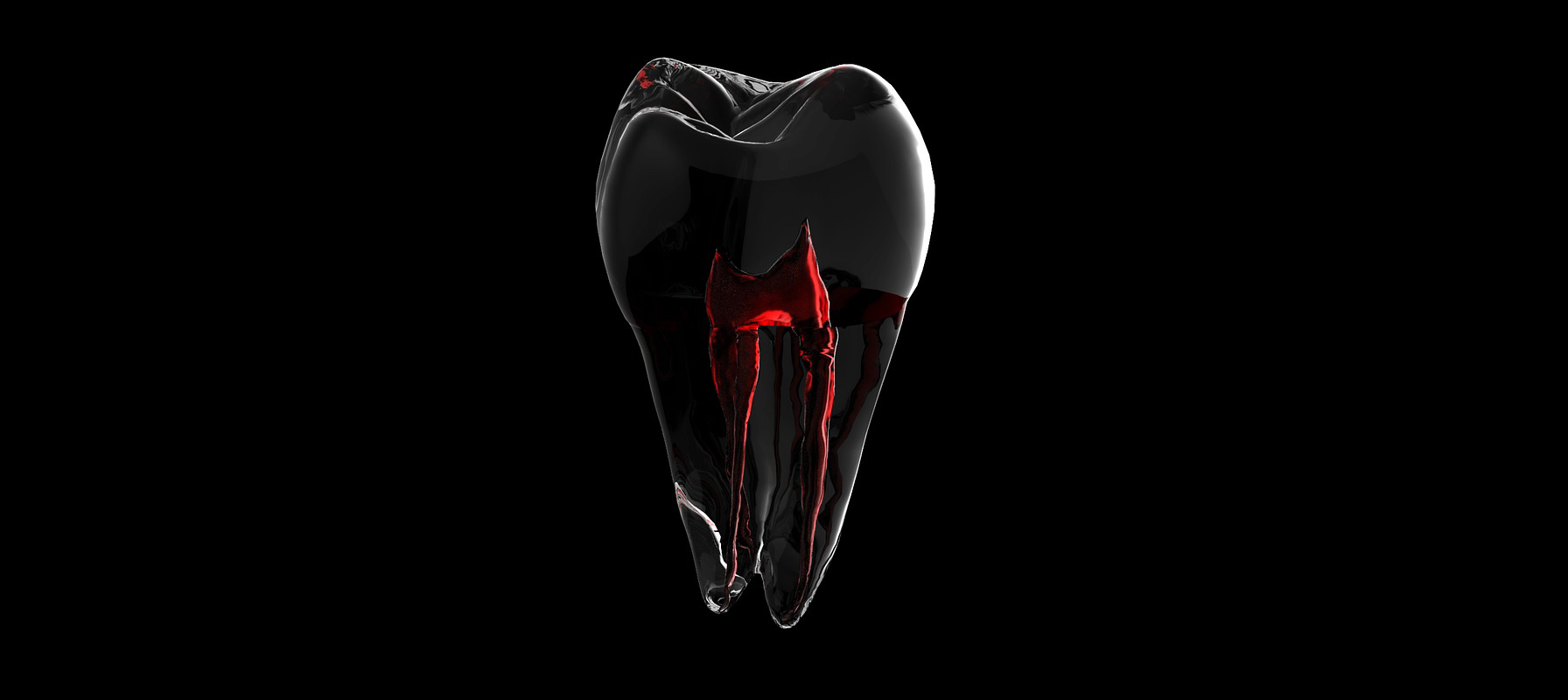
Root Canal Treatment
Root Canal Treatment, popularly known as RCT, is one of the treatments we do to prevent extraction/ save your tooth from removing. Though you may replace your lost teeth with artificial ones, they cannot beat your natural teeth. Natural teeth are always THE BEST!
As the name suggests, RCT is the treatment of roots. Your tooth has two parts: a crown and a root. Within your tooth, there is a vital part. The vital part of the crown is called the pulp, which is encapsulated by the root canal. While front teeth have a single root, the back teeth have multiple roots. Every root has a root canal.
When is RCT needed?
Root Canal Treatment, popularly known as RCT, is one of the treatments we do to prevent extraction/ save your tooth from removing. Though you may replace your lost teeth with artificial ones, they cannot beat your natural teeth. Natural teeth are always THE BEST!
As the name suggests, RCT is the treatment of roots. Your tooth has two parts: a crown and a root. Within your tooth, there is a vital part. The vital part of the crown is called the pulp, which is encapsulated by the root canal. While front teeth have a single root, the back teeth have multiple roots. Every root has a root canal.
RCT procedure
- To begin with, we examine your tooth and surrounding areas and assess the signs and symptoms.
- Then, we take the X-ray of the tooth to assess your tooth, root canals and plan the treatment.
- It is followed by a small injection for making the RCT pain-free. An injection may not be needed in all cases.
- We isolate the tooth by using a rubber dam, a small sheet that prevents saliva from disturbing the filling.
- After a few minutes, we start with removing the decay and reach the pulp. We clean the pulp and gain access to root canals.
- If needed, we take another X-ray with an instrument called file to assess the length of root canals.
- We clean, disinfect, and shape the root canals so that it holds the filling material right.
- If there is pus, we let it drain and allow the area to heal and call you for the next sitting. We prescribe antibiotics and pain reliever medicines.
- We inspect the tooth if it’s healing right and move ahead with the filling.
RCT is also possible in a single sitting, especially when there is no infection.
- We fill the root canals with a filling material called gutta-percha. We take a suitable size gutta-percha cone, roll it with a binding cement, coat the inside of root canals with the binding material and place the cone. We aim to completely seal the root canal by placing more gutta-percha cones of smaller sizes.
- Then, we cut the excess gutta-percha cones from the canal and seal the ends. Post which, we fill the pulp cavity with a suitable filling material.
- The next and crucial step is to place a crown/ cap for the RCT treated teeth. If we do not place a crown, RC treated teeth will fracture, and RCT will fail. We prepare your tooth so it can take the crown. We do a suitable shade selection for the crown and place it with bonding cement.
- We use post and core if your tooth is weak and is not strong enough to hold the filling.
After RCT, do not have food till the numbness goes off so that you do not bite your tongue or cheeks. Once the anaesthesia goes off, you can have soft foods that do not need much chewing.
Till you get the crown for RC treated tooth, do not use that tooth for chewing or biting hard food. Make sure you are gentle while brushing too. Follow your dentist’s instructions and get the crown as soon as possible.
Please meet us at Ponsonby Dental Boutique for the best dental treatment today.
